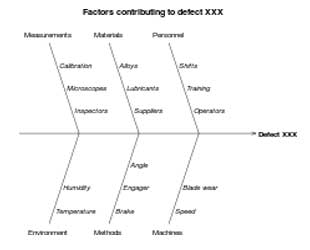Software Tests as Documentation
Writing and keeping up to date documentation in software development projects has always been a problem. In this blog post, Jim Bird discusses the idea of using automated tests to document a software system. He also ask the questions: what do tests document? who will find this documentation useful?




